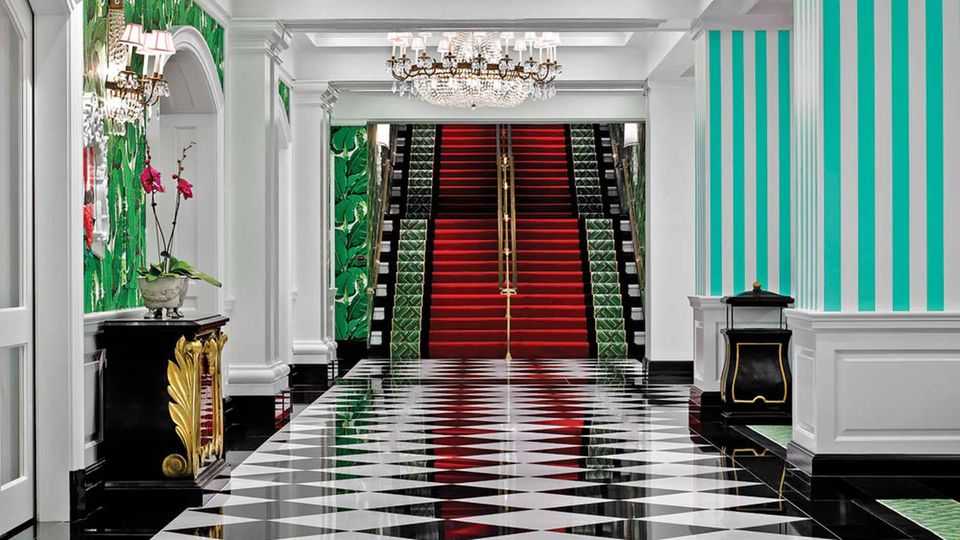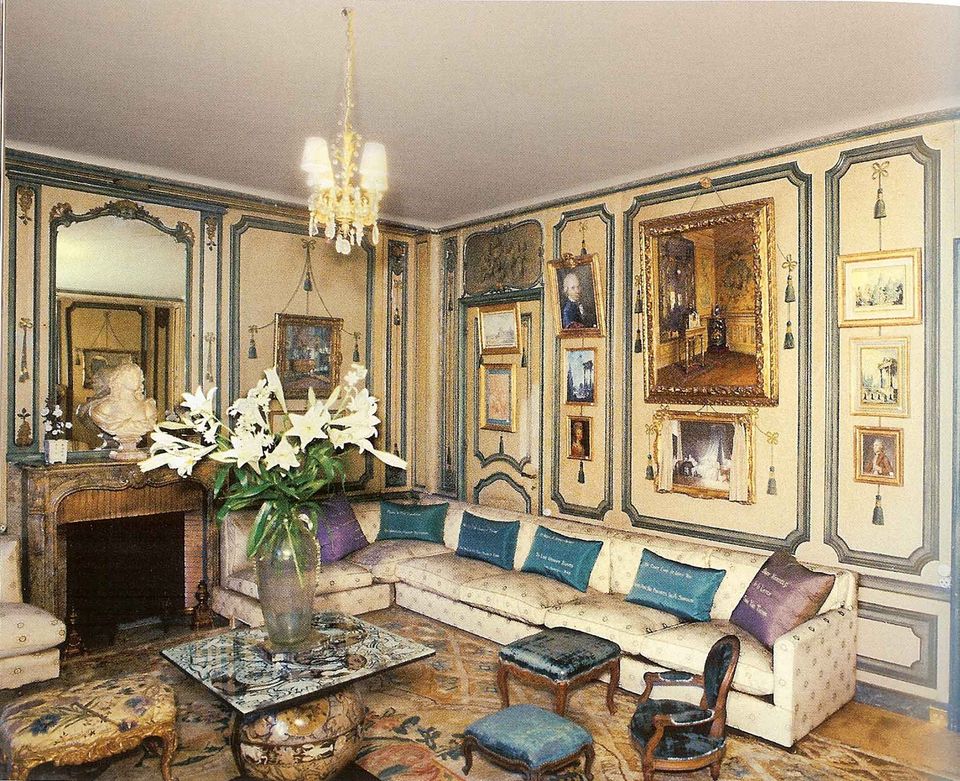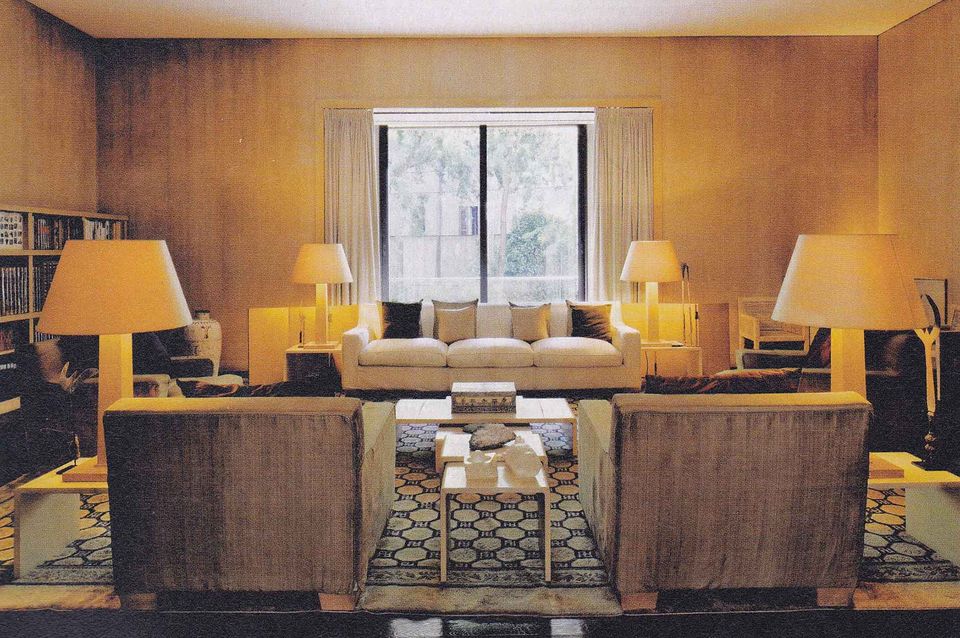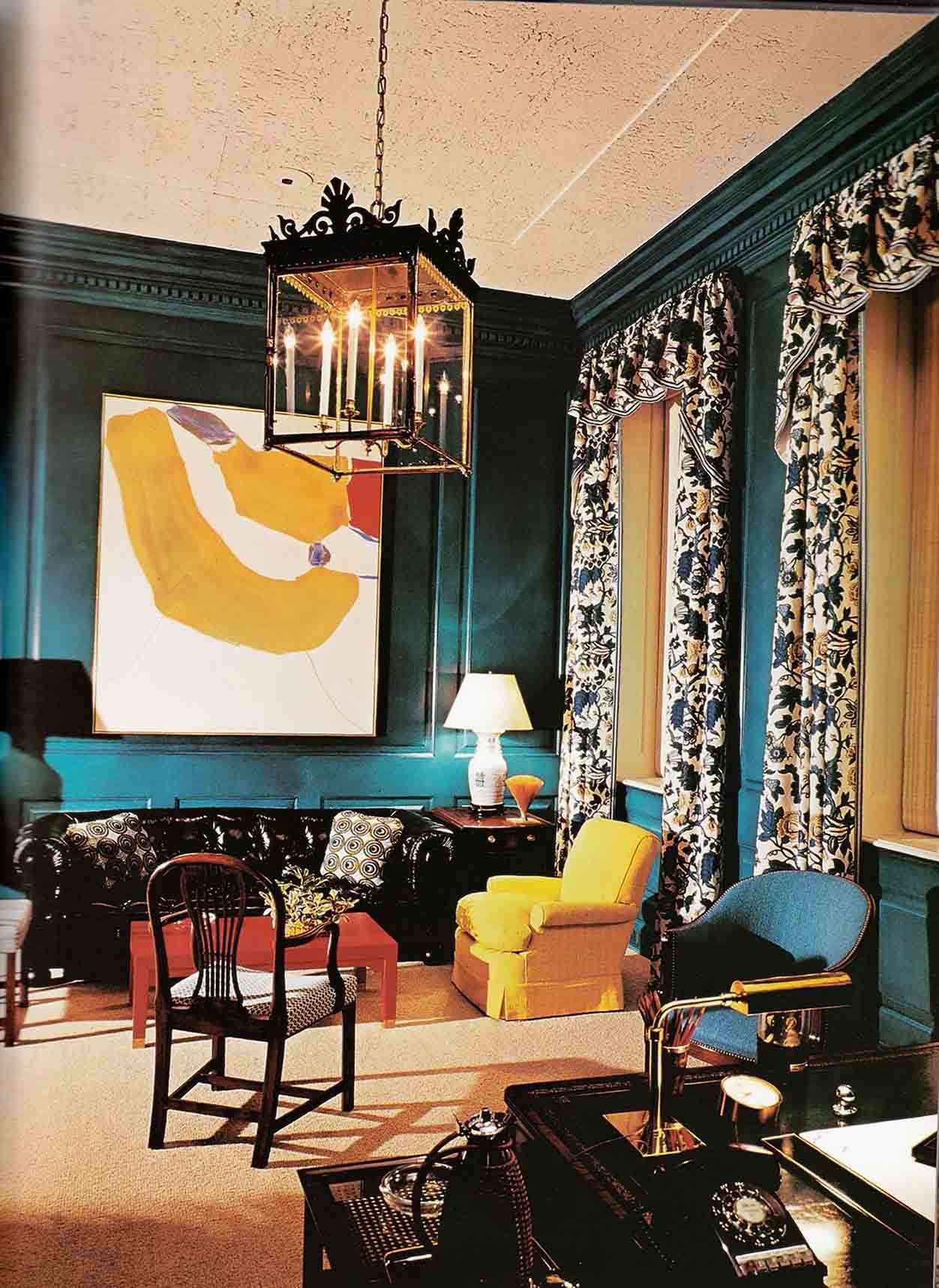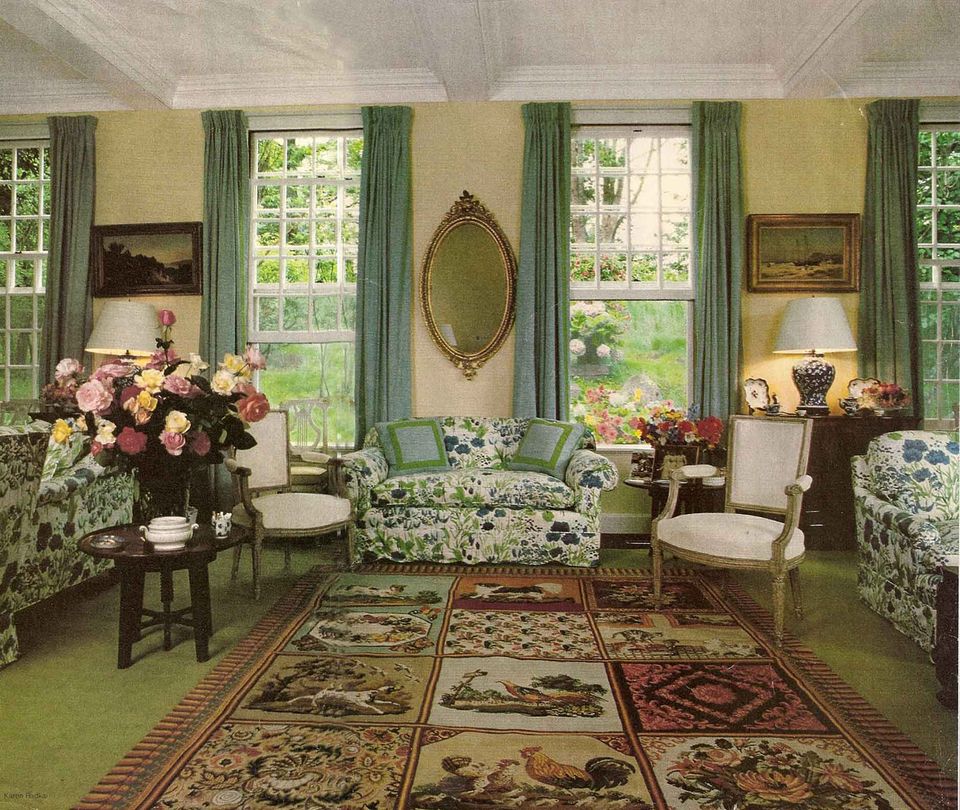5 Legends of Interior Design, and Their Lasting Effect on the Industry
June 11, 2019
Interior design a true art form, consisting of mixing all the elements of a room together to create a perfectly styled space. Whether it be the combination of paint, texture and fabric or the tone, shapes and furniture used, a lot goes into mastering interior designs. Like any art form, there are legends who inspire us, who have set the bar for interior and whose influence 21st century designers follow today.
Dorothy Draper
Taking a fresh approach to interior design, Dorothy Draper believed that the craft should not be deep or complicated, but fun and instinctual. “Decorating is just sheer fun: a delight in colour, an awareness of balance, a feeling for lighting, a sense of style, a zest for life, and an amused enjoyment of the smart accessories of the moment.” She was known for “modern Baroque” styles, which touched some of the most famous buildings in America. Her versatile work varied between stark black and white palettes and fantastic arrays of colour.
Her effect on the industry:
- She was the first to make interior design a business with her company, Dorothy Draper & Company.
- She created “Modern Baroque”.
- She pioneered brave technicolour colour patterns and combinations.
Elsie de Wolfe
Born in 1865 New York City, Elise de Wolfe was known as “America’s first decorator”(1). Initially using her eye for design in her fantastic Parisian inspired wardrobe, she had a gift for redecorating a space. She would embark upon large projects, moving away from the Victorian-style designs of the day toward a simple, warm, airy and refined tone that graced all of her designs.
Her effect on the industry:
- Moved interior design away from drab Victorian styles to light fresh colours and delicate prints.
- Textures and fabrics designed for comfort.
- Faux finish treatments and animal prints.
1930’s Paris inspired Jean-Michel Frank more than anything else. He enjoyed a minimalist tone, but also incorporated interesting and complicated features. The shapes he used were simple, but the materials, fabrics and textures were ornate, complex and textured. He would transform a soulless room into something spectacular by insisting the taste be immaculate and that the room feel lived in. He worked in France, South America and the United States.
His effect on the industry:
- Understated luxurious finishes and spare details - the father of minimalism.
- Used subtle yet rich materials.
- “Blocky, rectangular club chairs and sodas”.
After working with esteemed clients like Rockefeller, Astor, Getty and Mellon, Albery Hadley was widely considered “the dean of American decorators”. He appreciated his art like no other. He was quoted as saying, “Design is about discipline and reality, not about fantasy beyond reality.” The focus was always on balance, modern mixes of design styles and opting for interesting over modern vs. traditional.
His effect on the industry:
- Inspired the use and love of chintz.
- Perfected the floor-plan and clean lines, then moved to colours, fabric, texture and paint.
Sister Parish’s interior design shop in New Jersey boasted some of the most interesting pieces of the time and her designs are “credited with popularizing American country aesthetic in the 1960s.”(1) For her designs, she seamlessly married together design elements like stripes, chintz, hooked rugs, quilted textures and overstuffed armchairs.
Her effect on the industry:
- Elaborately and creatively painted floors
- Antique but comfortable Anglo-Saxon accents and furniture
- The eclectic yet old-money combination of colour, chintz, crochet and needlepoint textures, rugs, floral prints, wicker and more.
Articles

In the period since COVID forced many of us back home and out of the office, remote work has become the new norm for many. The flexibility of working from home, especially for those with small children, is very compelling, but making a productive workspace is more than setting up a desk in the spare room. More people are seeking to create functional and comfortable workspaces in their homes, however, it can be difficult to strike the right balance between a professional office space and a cosy home environment. Here are some tips for designing a home workspace that meets both of these needs: Dedicate a specific area for work Designating a specific area for work is essential for separating work from leisure time. This could be a separate room or just a corner of a room. It is important to make sure that the workspace is free from distractions and clutter, as this will help you stay focused and productive. Choose the right furniture Ergonomic furniture is key to a comfortable and productive workspace. Invest in a comfortable chair, a desk that is the right height, and a good-quality mouse and keyboard. If you are prone to back pain, consider a standing desk. Add personal touches Just because your workspace should be functional, doesn’t mean it can’t be personal. Add photos, plants, and other personal items to make the space feel like your own. This will help create a sense of comfort and make you feel at home in your workspace. Good lighting Good lighting is essential for a comfortable workspace. If possible, place your desk near a window for natural light. If not, invest in a high-quality desk lamp to provide bright, even light. Keep it organised An organised workspace will help you stay productive and focused. Use desk organisers, filing cabinets, and other tools to keep your work area free from clutter. A clean and organised workspace will also help you start each day with a clear mind. Consider your work style Think about the type of work you do and how you like to work. If you prefer a minimalist workspace, opt for a simple desk and a few basic supplies. If you need space for multiple screens and other technology, make sure you have enough room to work comfortably. Take breaks It’s important to take breaks throughout the day to avoid burnout. Step away from your desk, go for a walk, or do some stretching exercises to clear your mind and recharge.








